In Farming Simulator 25, as in previous installments, growing crops remains one of the most profitable activities. However, there are times when yields significantly drop. Weather conditions, improper field management, and other factors can reduce your earnings or even lead to crop failure. To avoid such situations, it's important to focus on several methods that will help boost your field productivity.
Keep in mind: if you don't cultivate the soil, you'll face a penalty in the form of reduced yields. So, this article is a must-read for anyone concerned about their future profits in the game.
Choosing Crops Resistant to External Conditions

Choosing the right crop is a key factor in increasing yield. Each crop has its own characteristics and requires specific conditions to achieve the best results. Therefore, it's crucial to select the right crop for planting, considering the map's conditions, including weather, soil fertility, and other factors.
Here are some general tips to help you choose the right crop for planting:
-
Season Compatibility. It's important to choose crops based on the time of year. Some crops are sensitive to weather changes, which can negatively affect yield.
-
Profitability Evaluation. Vegetable crops like potatoes and sugar beets may require more care, but they offer high profitability.
-
Crop Rotation. Implementing crop rotation reduces soil depletion and promotes higher yields in the long term.
We also recommend checking out the list of the most profitable crops in FS25. This will help you quickly understand which crops are the most lucrative to plant.
Cultivation
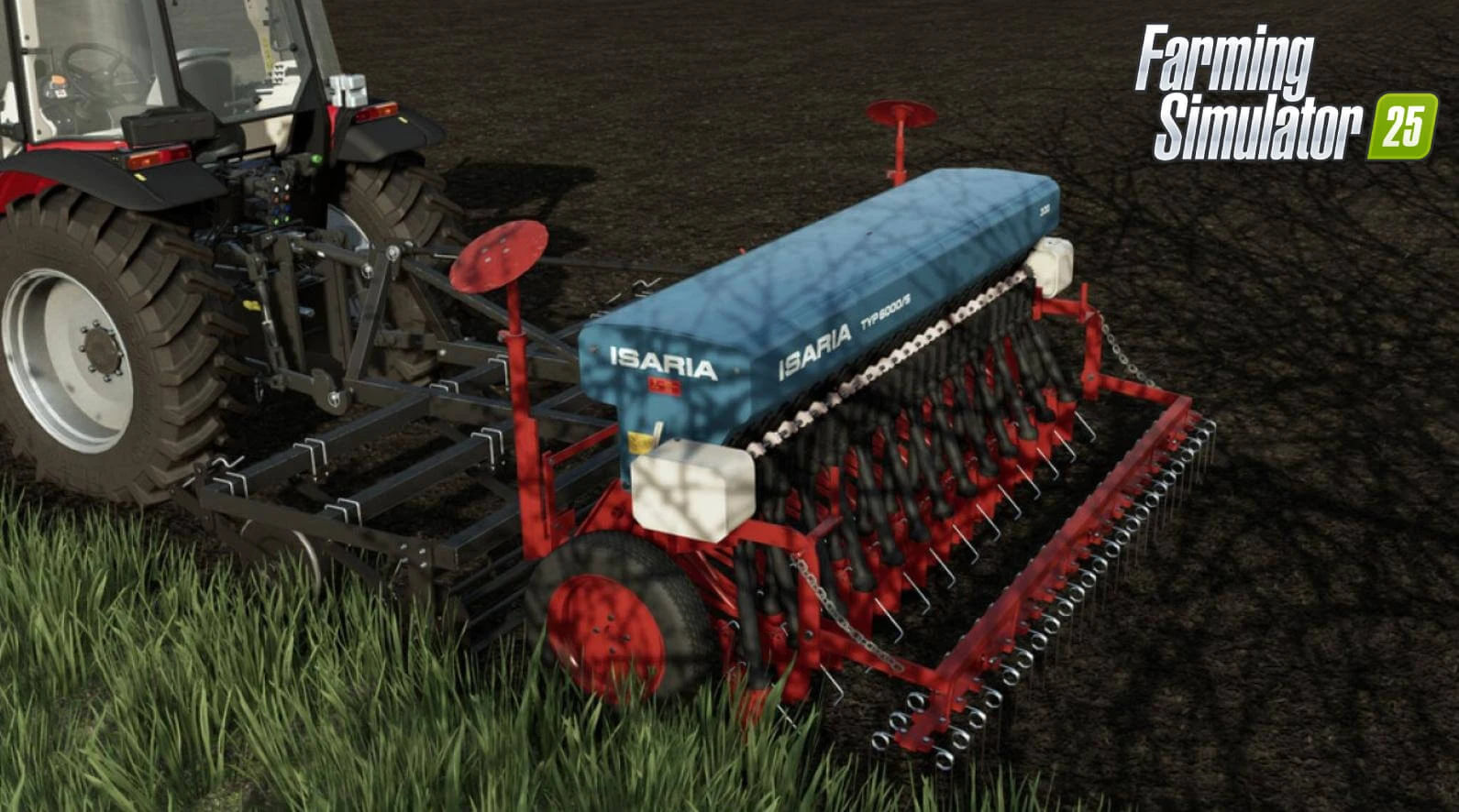
Proper soil preparation is one of the main factors affecting future yields. Before planting, the soil must be prepared to provide optimal growth conditions.
Cultivation is the process of loosening the top layer of soil using special farming tools such as cultivators and harrows. It helps prepare the soil for planting, improves its structure, promotes moisture and oxygen penetration, and removes the remains of previous crops and weeds.
In this article, we’ll explain how cultivation works in the game, why it’s important, and what factors you need to consider when cultivating to maximize yield.
This land treatment method allows you to:
-
Loosen compacted soil to improve oxygen access to plant roots.
-
Remove weeds that may compete with crops for nutrients.
-
Mix organic residues into the soil so they decompose faster, increasing its fertility.
-
Prepare the field for planting by creating more even and permeable soil for seeds.
Deep cultivation helps remove the remnants of previous crops and improves oxygen access to roots. Regular cultivation maintains soil structure, increases water absorption, and helps prevent erosion.
How to Perform Cultivation?
It's incredibly simple. First, you need to visit the farm store in the game by pressing the P button. Purchase a cultivator in the agricultural tools section and a tractor if you don’t have one yet. Keep in mind that the tractor must be powerful enough to pull the cultivator.
Now press M to open the map and find the store icon. Click on the icon and use the corresponding button to fast-travel to the store. Your purchased equipment will be waiting for you there. Hop into the tractor, back up to the cultivator, and attach it by pressing the appropriate key (usually Q).
Now that the cultivation equipment is attached to your tractor, head to the field that needs cultivating. All that’s left is to position yourself at the edge of the field, lower the equipment, and start moving forward. The cultivator will begin working the soil. Do this across the entire field to ensure all the soil is well-loosened and more fertile.
Tip: To save yourself from routine work, you can hire an AI worker to do the cultivation for you. You just need to monitor them to ensure no mistakes are made.
Plowing
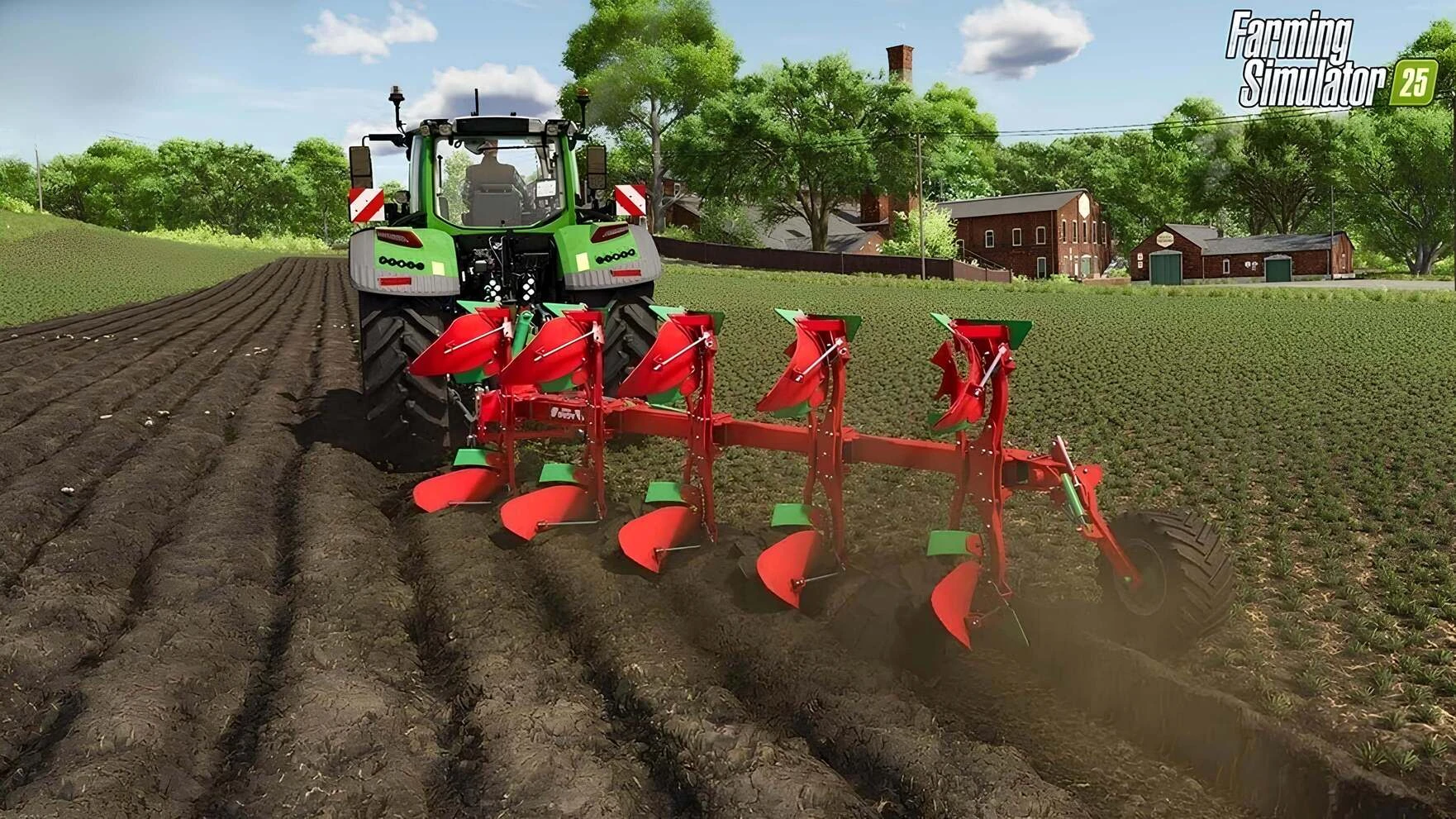
Plowing also plays a key role in increasing yield in Farming Simulator 25. It’s the process of deep loosening and turning over the soil using plows. The main purpose of plowing is to improve the structure of the land, break up compacted layers, and mix organic matter into the soil, which promotes the decomposition of plant residues and boosts fertility. Plowing improves soil structure, increases plant access to nutrients, helps eliminate weeds, and creates better conditions for seed germination. If you want higher yields from your fields, make sure to plow regularly.
Unlike cultivation, plowing reaches deeper soil layers, which is especially useful for restoring fertility after several seasons of harvest.
-
Deep Plowing. Plowing before planting helps improve soil structure by breaking up hardened layers.
-
Plowing Frequency. Depending on the crop and soil condition, plowing should be done either annually or every other season. The more often you do it, the higher your yields will be.
To plow a field, you’ll need a special plow, which can be purchased in the tools section of the store. The plowing process is the same as with cultivation.
Simply attach the plow to a tractor, head to the field, lower the tool until it touches the ground, and start moving forward. The field will automatically begin to be plowed. A plow is a simple mechanical tool, so there’s no need to turn it on or activate it. Just lower it and move forward. Make sure to plow the field as thoroughly as possible, avoiding skips, so that all the soil becomes soft and ideal for planting crops.
Protecting Crops from Tornadoes and Weather Conditions

Weather conditions in Farming Simulator 25 play an important role in the development and yield of your fields. While a farmer cannot control the weather, there are methods to minimize damage from extreme events such as tornadoes, droughts, and heavy rains. In this part of the guide, we’ll take a closer look at how to protect crops from adverse weather conditions.
As you may know, Farming Simulator 25 introduces a new natural disaster mechanic, including tornadoes. To protect your crops from the destructive forces of nature, you should take appropriate measures. This will help save your harvest. Below are some tips to minimize risks:
-
Building Protective Barriers. Fenced fields and special shelters for equipment can help reduce crop losses.
-
sing Weather Forecasts. Keep an eye on forecasts and plan your activities ahead of time. If dangerous weather is expected, you can temporarily halt fieldwork.
-
Resilient Crops. Some crops are more resistant to wind and rainfall, making them ideal for regions with unpredictable climates. These include crops like rice, radishes, potatoes, beets, and others.
Of course, you may choose not to take these protective measures, but in doing so, you risk losing a significant portion of your income.
Mulching
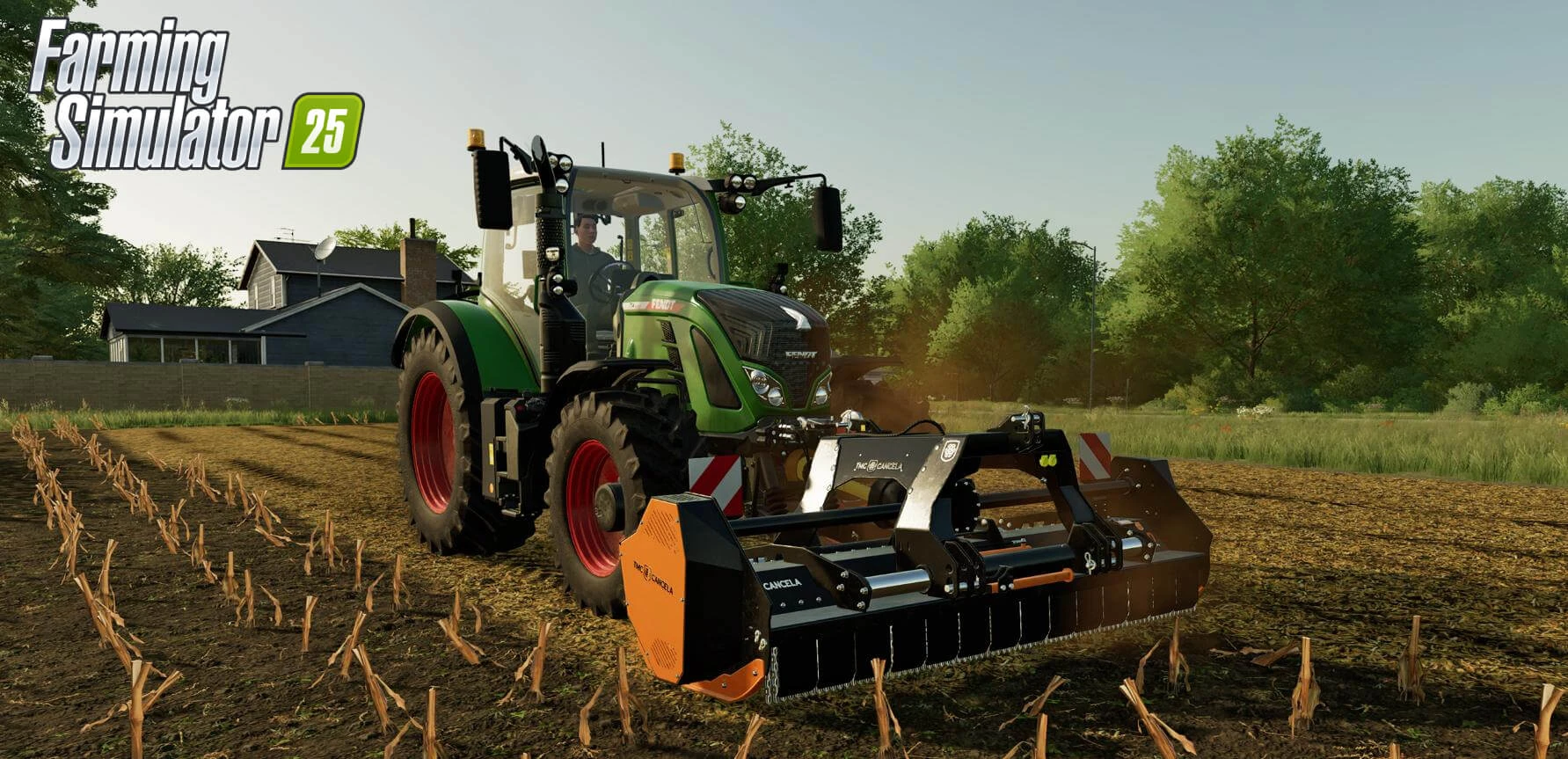
Since we’re discussing soil treatment methods, mulching can’t be overlooked. It’s one of the best techniques to increase yield from each field. Mulching is the process of laying a protective layer of organic material on the soil’s surface. This method helps retain moisture, improves soil structure, and prevents weed growth.
When combined with other methods discussed in this article, mulching can significantly boost your profits. Let’s break down the benefits of mulching and whether it's worth using:
Advantages of Mulching:
-
Reduces moisture evaporation.
-
Increases organic matter in the soil.
-
Decreases weed growth.
For mulching, you can use straw, mowed grass, or organic fertilizers.
In conclusion, while mulching is not mandatory, it’s highly recommended. It doesn’t require many resources to implement, but the benefits are evident.
Water Control on Rice Fields
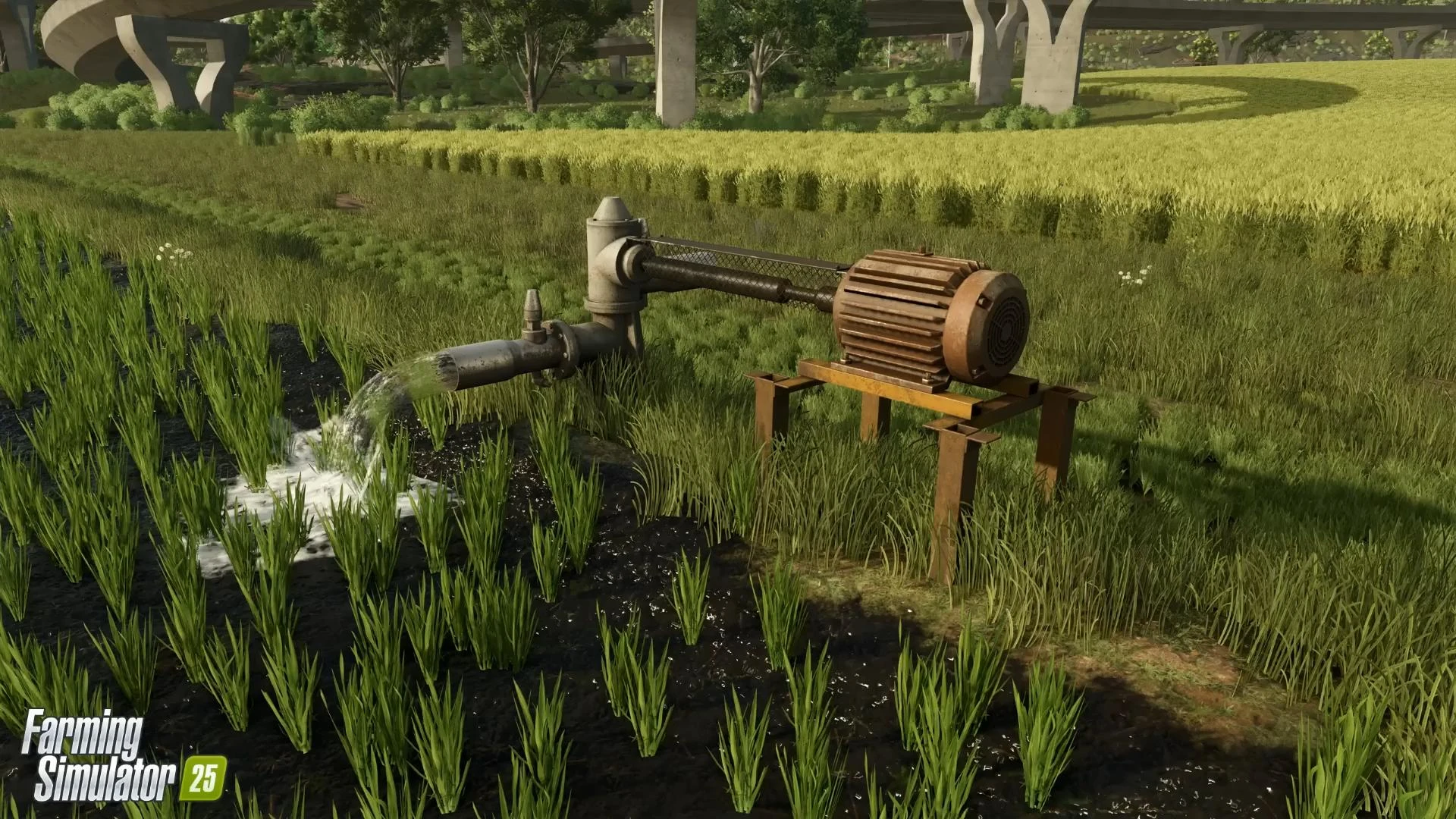
In FS25, we now have the opportunity to grow rice. There are two types of rice you can plant as a farmer—regular rice, which is planted with seedlings, and long-grain rice, which can be sown using regular seeds. However, both types require sufficient amounts of water. With regular rice, the process is simpler—you prepare the fields by pre-flooding the soil with water. Long-grain rice, however, is different. First, you plant the seeds, and then use a constant water supply through a specialized irrigation system. If the water flow is not maintained consistently, this can lead to reduced yields and, in some cases, plant death (they may wither).
Irrigation System
To successfully grow rice, you will need a well-planned irrigation system. In the game, you can set up irrigation channels or use special systems to supply water directly to the rice fields. Some maps in the game already have prepared areas for rice cultivation, complete with irrigation channels.
How to Control Water Levels
-
Manual Control. One way to manage irrigation is by manually adjusting the water level on the field. You can start the water flow at the beginning of the growth cycle and maintain its level by adding or draining water as needed.
-
Automatic Systems. In some cases, you can install automatic irrigation systems that will control the water supply based on the condition of the crops. This reduces the need for constant monitoring but requires installing equipment.
Note that this method is only relevant for specialized rice fields.
Using Fertilizers

One of the most effective ways to increase yield is by using fertilizers. FS25 offers several types of fertilizers that can be applied depending on the crop’s needs and the soil’s condition. This method significantly boosts your field’s productivity, as plants receive more nutrients, which positively affects their growth and, therefore, the yield.
The way fertilizers are applied depends on the type. Let’s take a look at the fertilizers available in FS25:
-
Organic Fertilizers (manure, liquid manure) help improve soil structure and provide necessary micronutrients.
-
Mineral Fertilizers. This is a faster way to increase the nutrient content in the soil, such as nitrogen, phosphorus, and potassium.
-
Double Fertilization. Applying two types of fertilizers on the same field significantly boosts yield, but it’s important to follow the intervals between applications.
How to fertilize fields? For this, there are special sprayers, which are effective for liquid fertilizers. However, they are not suitable for solid fertilizers like manure—in this case, you will need a spreader. All the necessary tools can be purchased in the agricultural tools section of the store. Be sure to check the tool names and the information on what type of fertilizers the equipment is designed for. You will also need a tractor with sufficient power to pull the spreader or sprayer.
Rock Removal
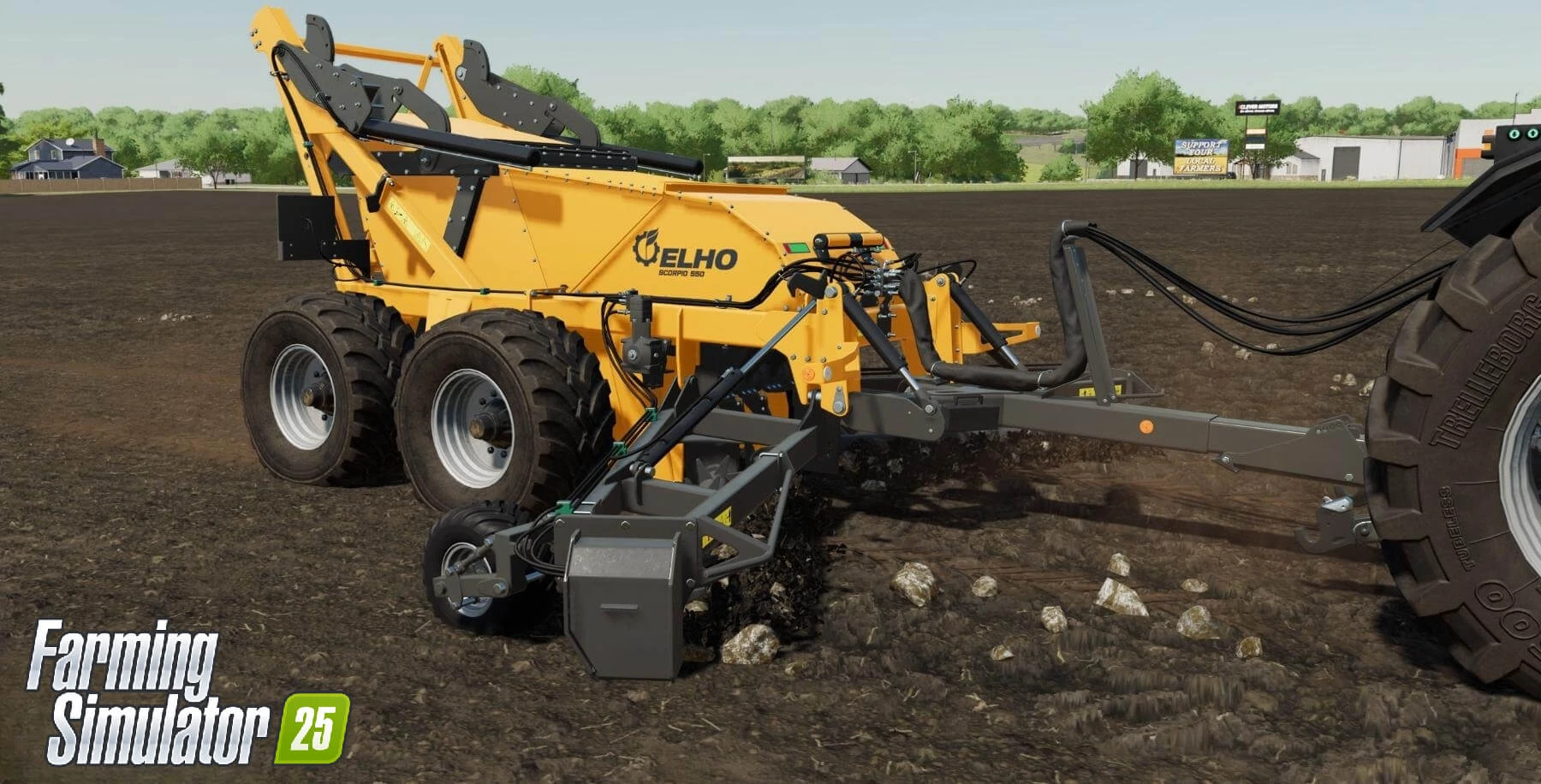
The presence of rocks on a field can seriously affect the quality of sowing and harvesting. While rocks don’t directly impact yield, they can damage farming equipment, worsen soil tillage, and hinder plant growth. Therefore, it’s important to regularly remove rocks from the fields.
What to use for rock removal:
-
Rock-picking machines. FS25 features specialized machines for removing rocks from fields. This helps prevent equipment damage and ensures smoother soil preparation. It’s the most effective way to get rid of rocks.
-
Rollers. The game also includes rollers, which allow you to press rocks back into the soil. This helps maintain yield, but keep in mind that this method won’t work for large rocks—they’ll still need to be removed using specialized machinery.
-
Cultivators with Rollers. Some cultivators come equipped with built-in rollers that can press rocks back into the ground.
Rock removal should be done regularly, especially after plowing or cultivating, as new rocks may surface. Rock-picking machines and rollers can be purchased in the store. They are relatively inexpensive, but by using them, you will not only increase yield but also extend the lifespan of your farming equipment.
Field Rolling
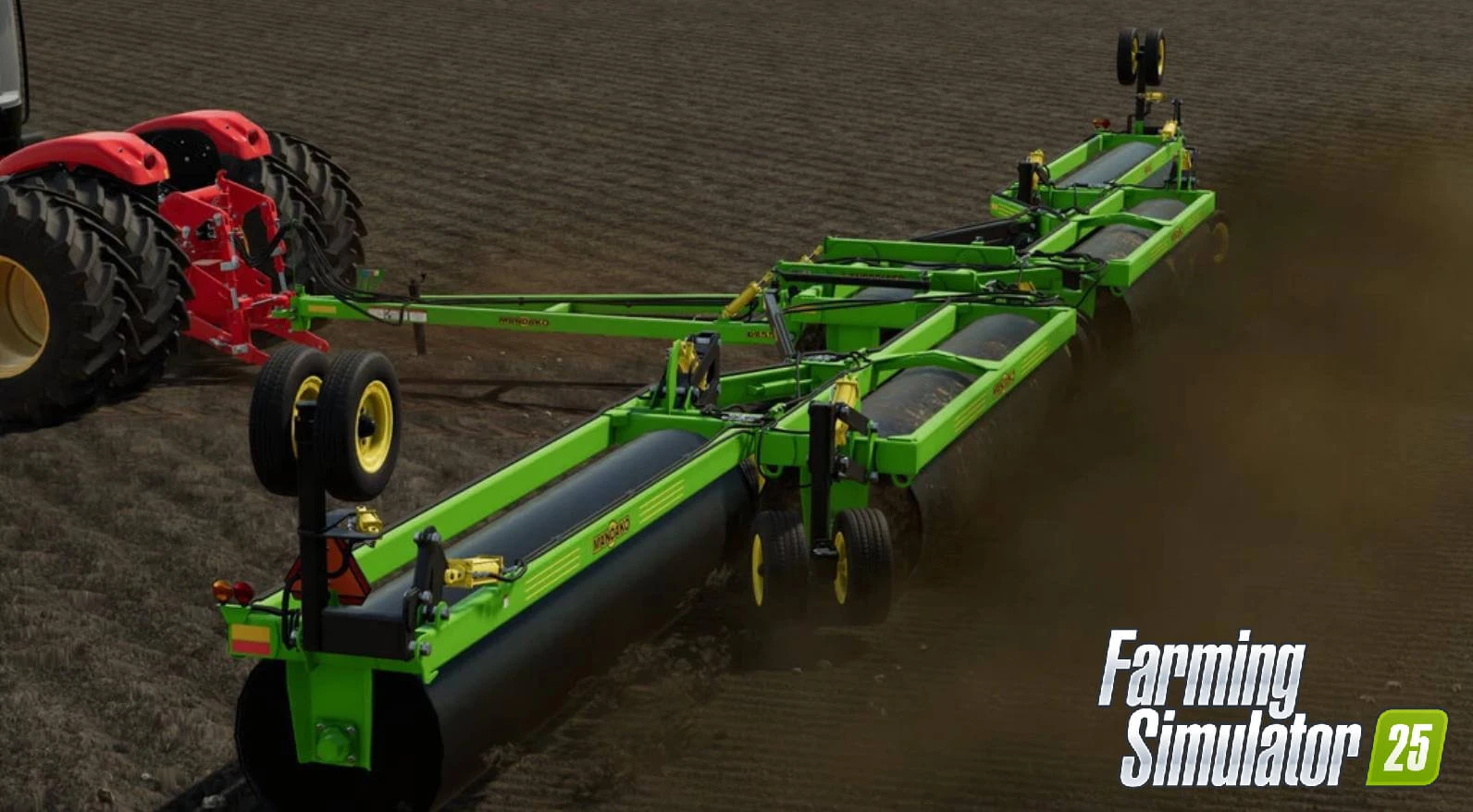
Earlier, we briefly mentioned rollers in the context of rock removal from fields. However, the main function of rollers is different—they are used to level the soil after seeds have been sown. This should be done immediately after the field has been planted with crops. Rolling the field improves its structure and promotes better seed-to-soil contact, which in turn boosts yield. So, make sure to get this useful tool and use it to increase your harvest.
Using lime to fertilize a field
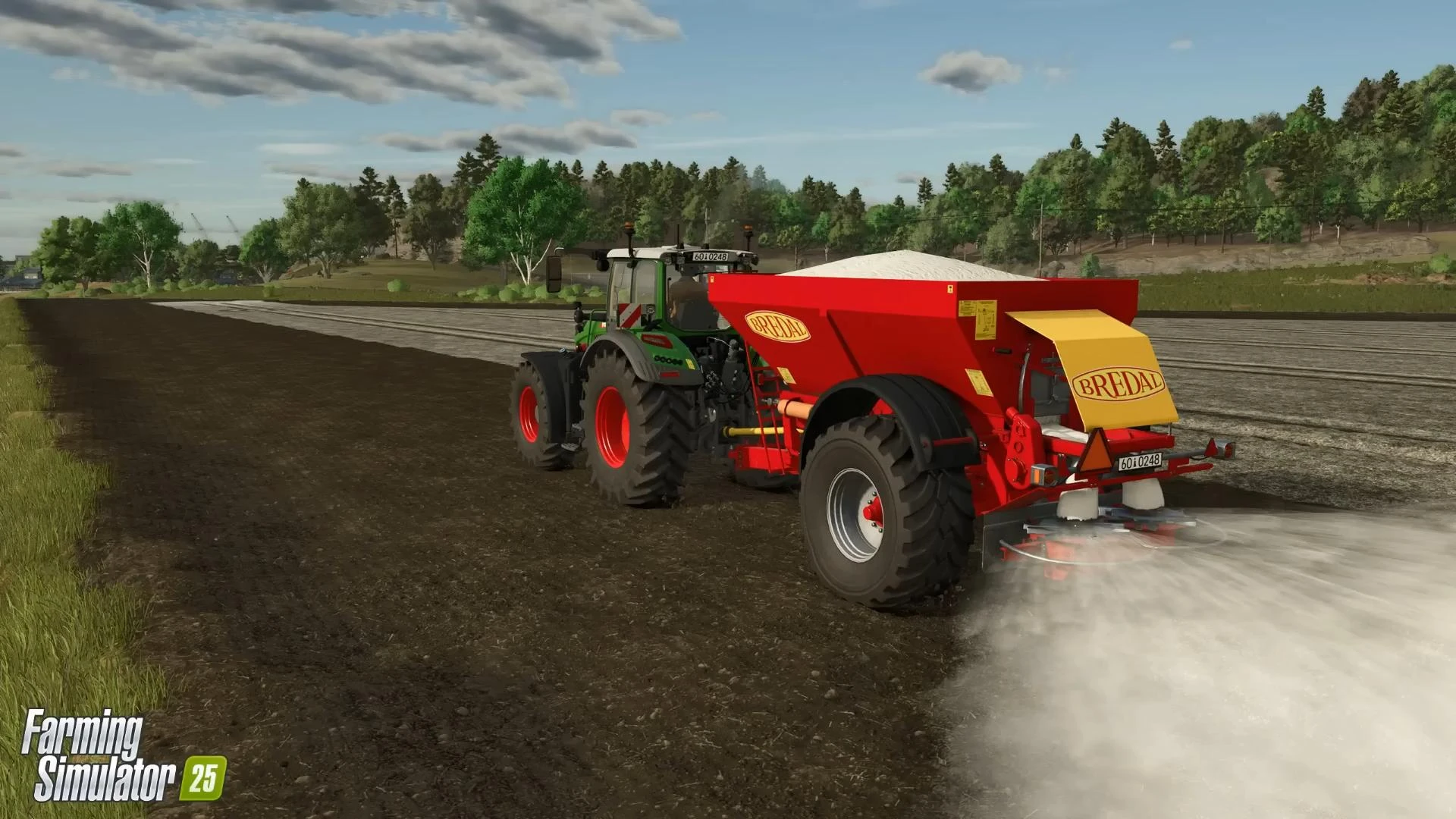
Regular lime application helps maintain the optimal soil acidity, which is a crucial condition for crop growth.
-
Soil Acidity. Some crops, like corn and wheat, require neutral or slightly alkaline soil for maximum productivity.
-
Application Frequency. Lime should be applied approximately every three seasons to maintain a healthy pH balance in the soil.
Weed Removal
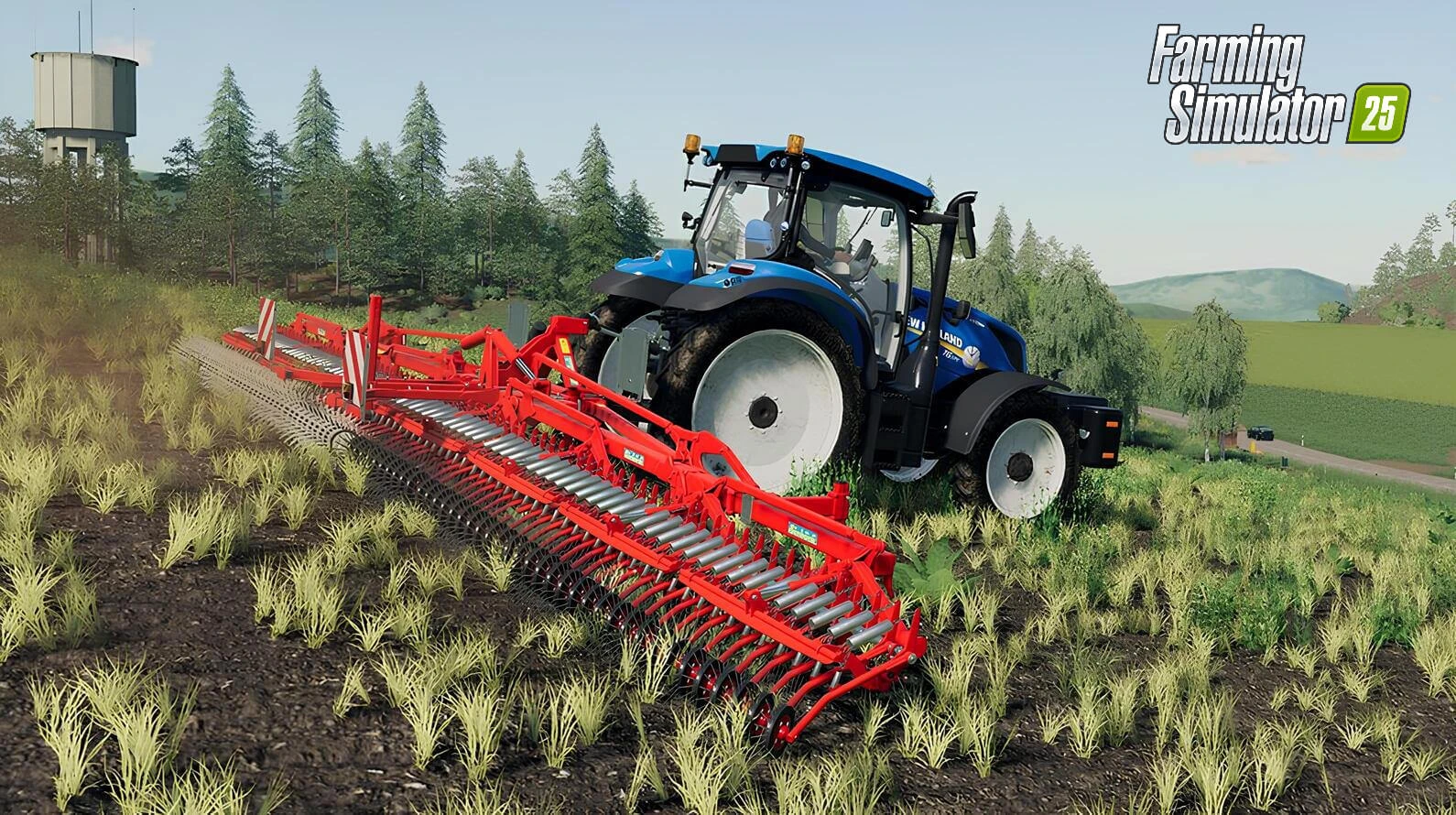
Weeds can slow down crop growth, degrade soil structure, and reduce yield. Therefore, it’s important to remove them from fields in a timely manner to avoid negative effects. In the store, you can buy special weeding equipment that attaches to a tractor. Regular weeding will help you avoid weed problems.
The equipment is called weeders or similar tools.
-
Weeders. The most reliable way to eliminate weeds is through weeding. By using special weeders, you can quickly treat the field and destroy all the weeds.
-
Herbicides. FS25 also features modern herbicides, which effectively combat weeds without harming your crops. Alongside weeding, herbicides are an effective method for weed control in the game.
Make sure to regularly weed and treat your fields with herbicides to prevent weed growth, as they can reduce your yield.
Increasing yield in Farming Simulator 25 requires a comprehensive approach and some effort. However, this hard work will definitely pay off. Choosing the right crops, proper use of machinery and fertilizers, timely weed removal, and protection against adverse weather conditions will all help you significantly increase your profits and get the best harvest. So, don’t hesitate to use all these methods in combination.

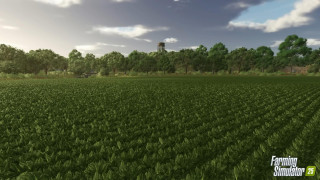
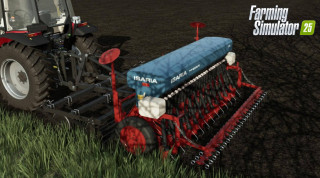



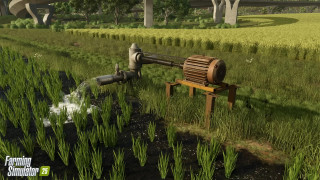
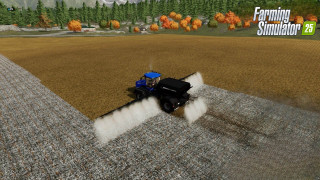
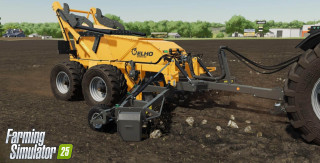
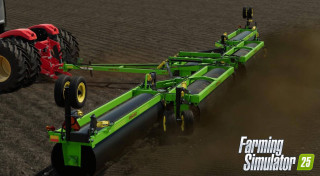


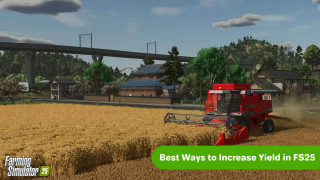
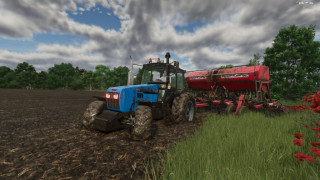









проблема решается сменой посевной культуры
На полях появились неубираемые сорняки - пятна округлой формы, не убираются плугом, культиватором, боронами, мульчерами, пололками, гербицидами, с ними что делать????